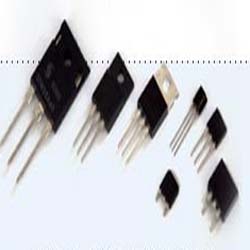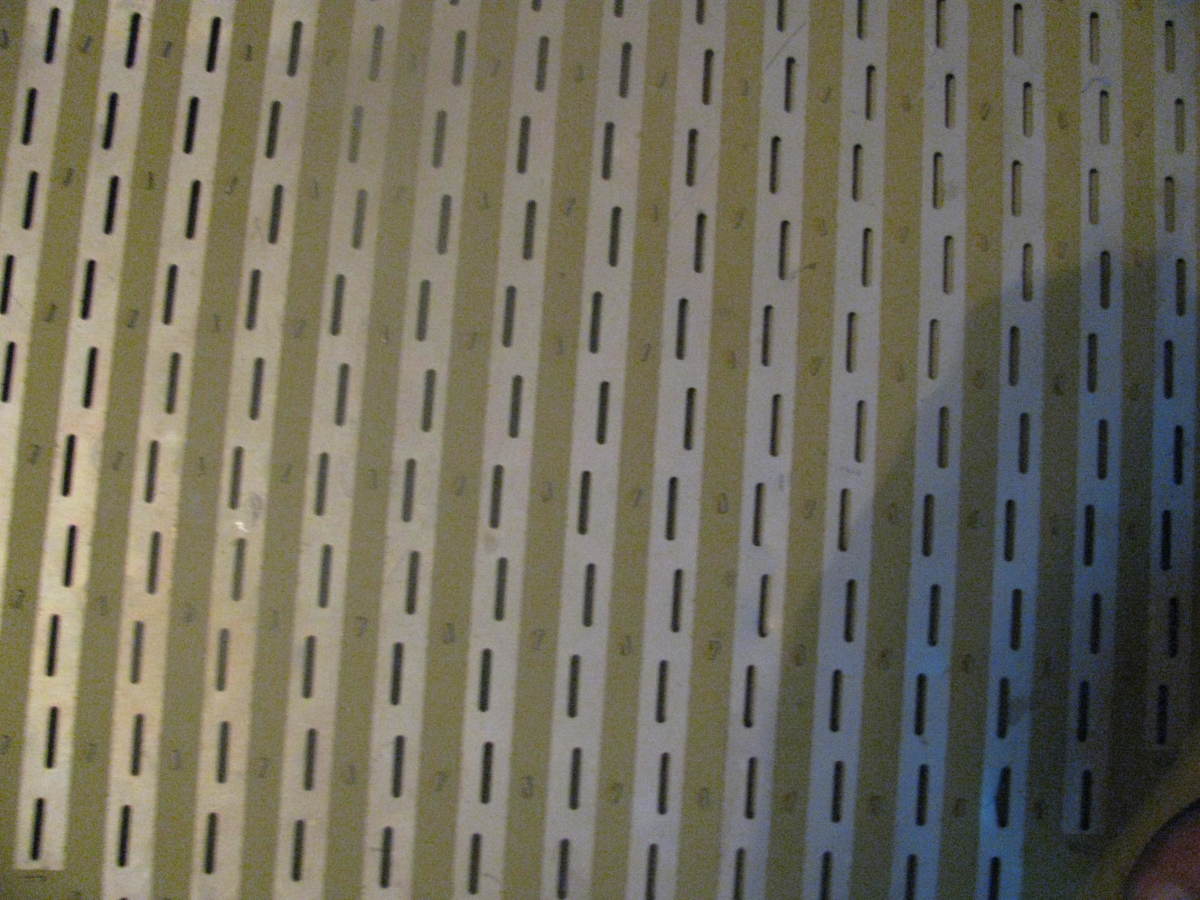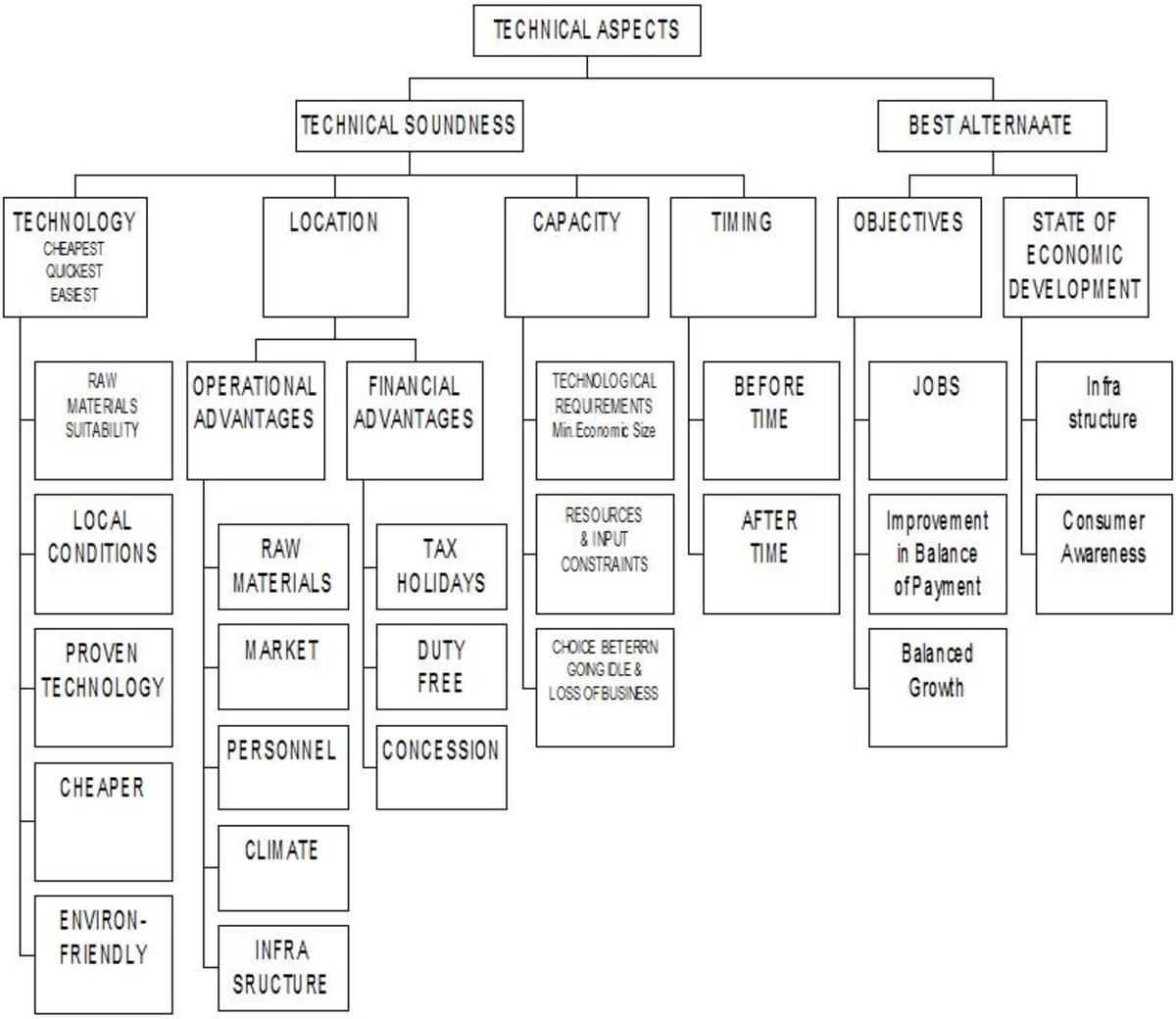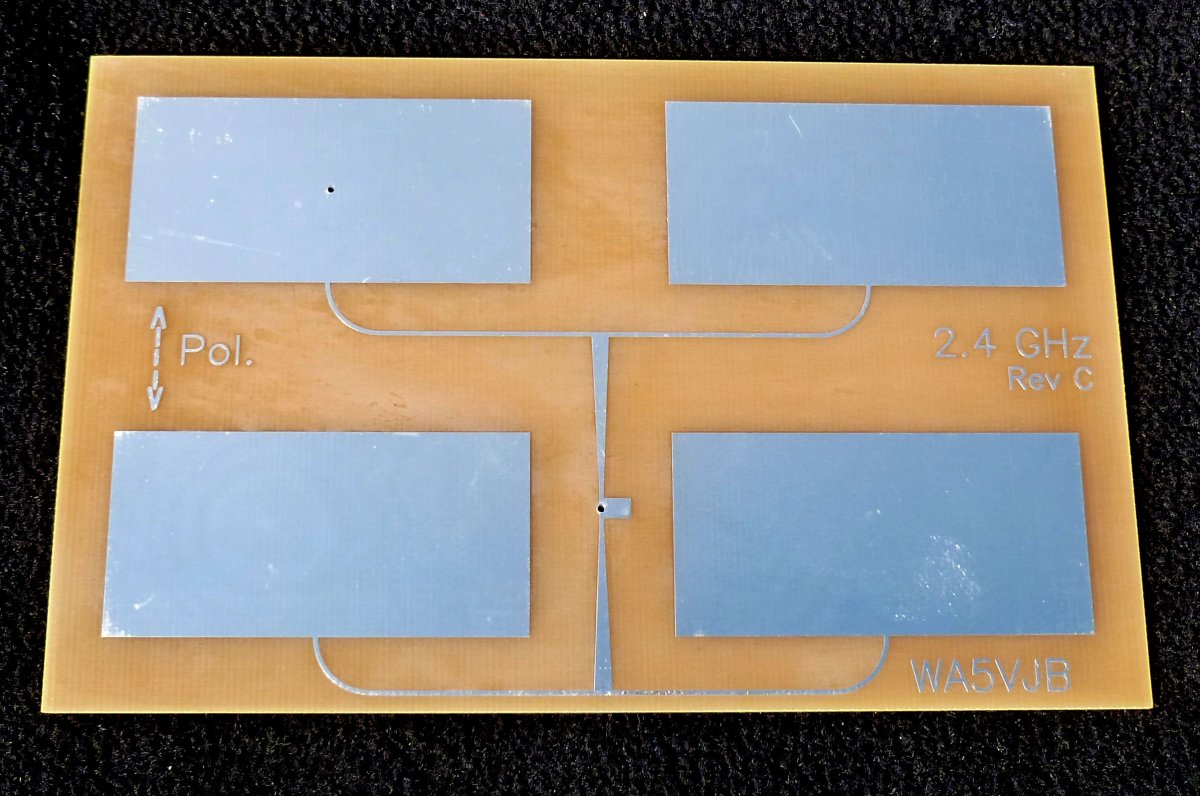BJT Vs FET : A Quick Look
Dominant Features
We know that PN junctions have two dominant features : injection of minority carriers with forward bias and variation of depletion width with reverse bias. These 2 features are used in BJT and FET respectively. Like th bipolar counterpart, FET is a 3 terminal device (Drain, Source and Gate) in which current conduction is by one type of majority carriers. (Electrons in the case of N channel type and holes for P channel type). Unlike Bipolar junction transistor, an FET virtually need no input current. Field effect devices are controlled by an electric field (or voltage) and give an extremely high input impedance and this is considered as one of the most important advantages over BJTs.
Confusing Transistor Types :-
Field effect transistors are of several types such as JFETs, MESFETs, MISFETs, etc. In a JFET, the gate voltage controls the depletion width of a reverse biased PN junction. A MESFET is the same bsic device except that the PN junction is replaced by Schottky barrier rectifying junction. MISFET is the one in which the metal gate electrode may be separated from the semiconductor by an insulator. MOSFET is a special type of which makes use of oxide layer insulator.

What's Behind Them?
The current in a JFET is through a semiconductor region called the channel, with ohmic contacts at each end. The basic transistor action is the modulation of the channel conductance by the electric field that is perpendicular to the channel. The modulating electric filed is induced in the space charge region of a reverse-biased PN junction or a reverse biased schottky barrier junction and is, therefore, a function of voltage applied to the gate.
Although the bipolar junction transistors reigned supreme in the early days of semiconductor integrated electronics, it has been gradually supplemented in most applications by Silicon MOSFETs.The main reason is , unlike BJTs, the FETs are characterized by high input impedance, as the control voltage is applied to reverse biased junction. Such devixes are particularly suitable for controlled switching between a conducting state and a non conducting state and that is why they are quite useful in digital circuits. They are also well suited for integration of many devices on a single chip. The MOSFET is, without doubt, the core of the integrated circuit (IC) at the present time.



